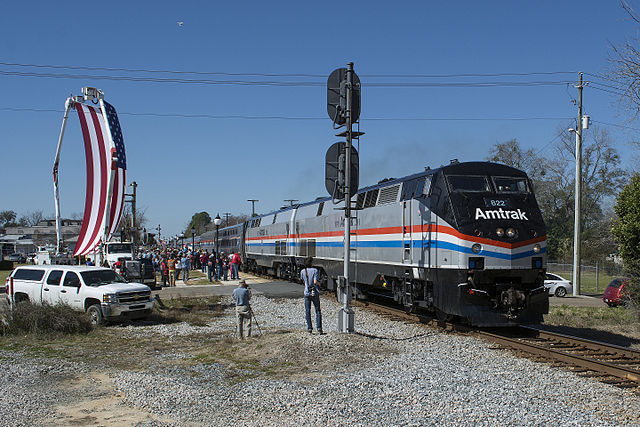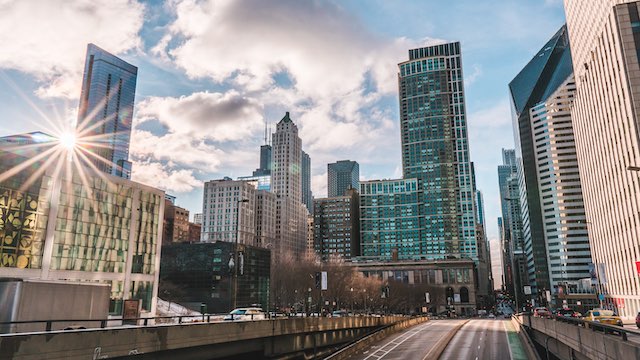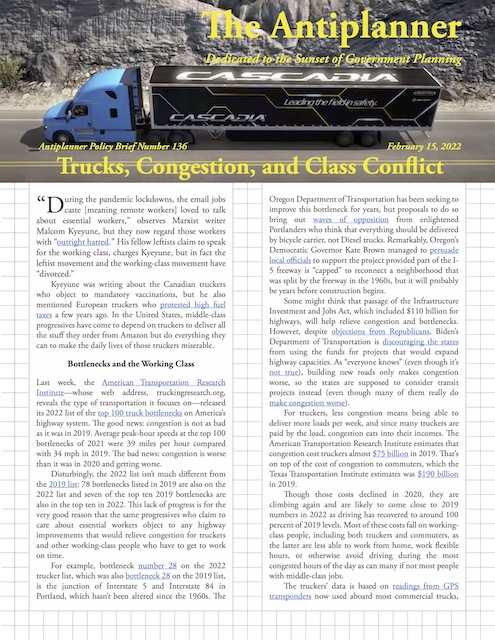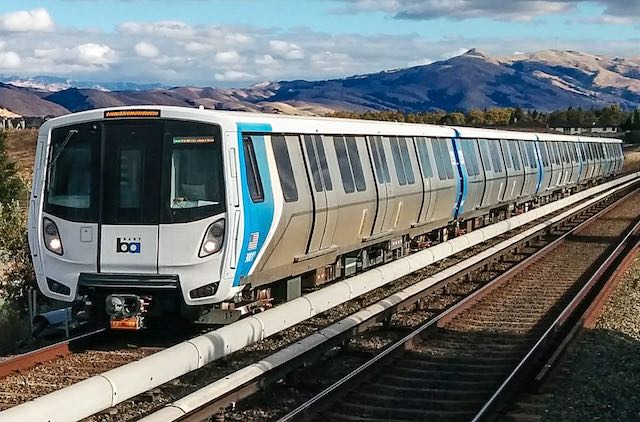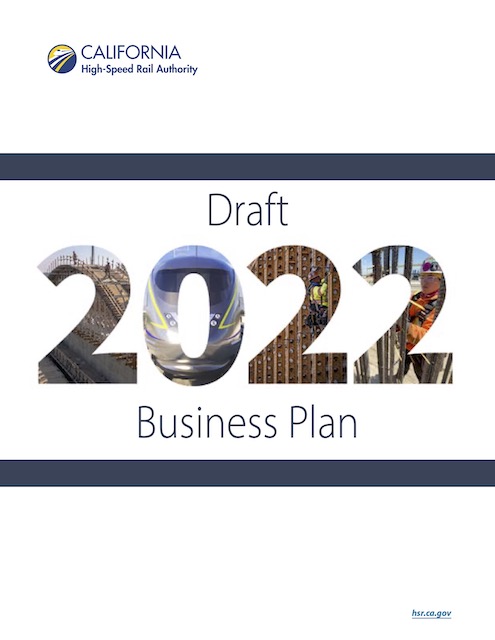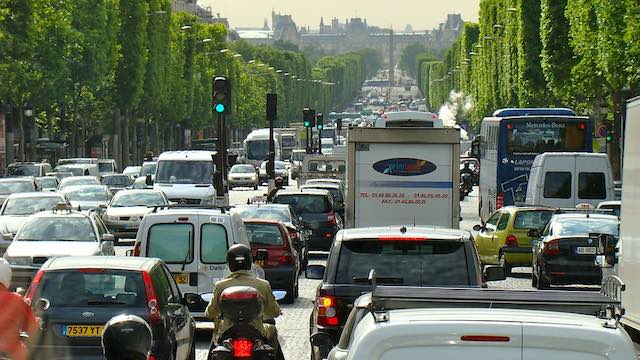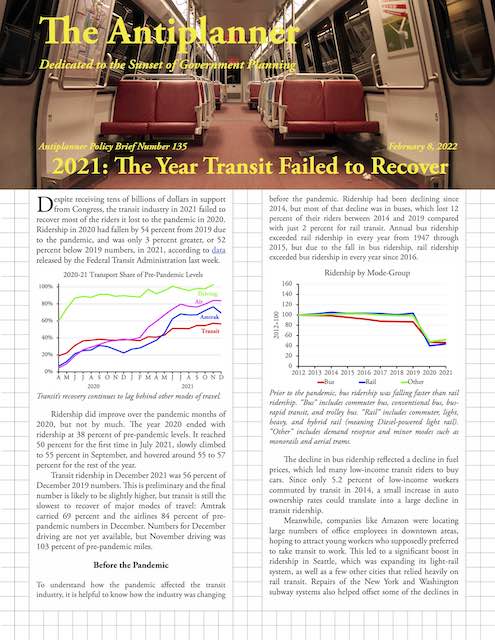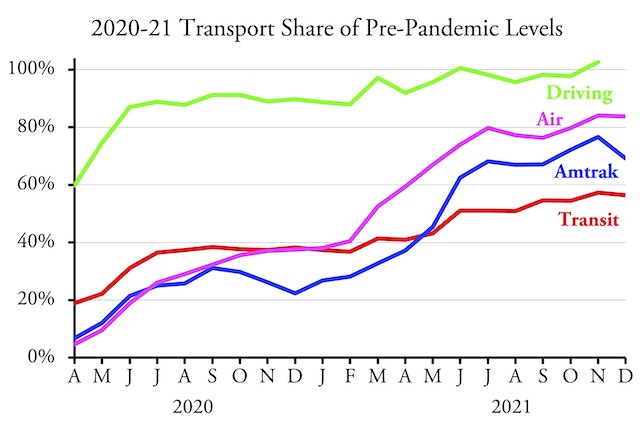Congress’ decision to give Amtrak $16 billion for adding new passenger service has reopened an old debate: which should get priority over the rails — passenger or freight trains? That debate came out in hearings held by the Surface Transportation Board over Amtrak’s proposal to restart passenger service between New Orleans and Jacksonville that had been shut down in 2005 due to damage from Hurricane Katrina.
In 2016, Amtrak ran a test train to Florida to generate support for the Gulf Coast route. Resistance from the freight railroads has prevented Amtrak from reestablishing this service. Photo by Gracebeliever77.
CSX and Norfolk Southern, the railroads over which Amtrak would operate, says the passenger trains would “unreasonably disrupt” their freight trains in the area, many of which serve the Port of Mobile, Alabama, one of the fifteen largest ports in the country measured by tonnage. Unlike most West Coast ports, the Port of Mobile sees more tonnage exported than imported, and much of the freight in both directions goes over CSX and Norfolk Southern tracks. Continue reading

